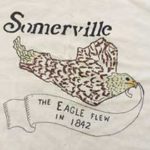
Eagle Feathers #162 – The Royal and Ancient Game of Golf
By Bob (Monty) Doherty
It is uncertain how far back in time that the game of golf originated, but the organized introduction of the sport can be found as early as 1457 at Saint Andrews, Scotland. At that time, the popularity of the game had already become so great that it actually began to seriously interfere with the more prevalent martial pursuit of archery.
This caused the rulers of the realm to sound a note of alarm, outlawing the game throughout the land. By 1467, it had survived and Mary, Queen of Scots had set off to become the Mother of Golf. Some believe that she may have coined the name caddy in reference to the cadet soldiers who carried her clubs.
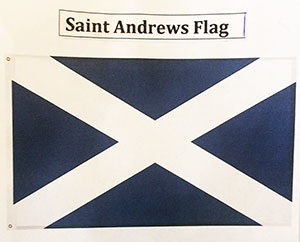
Scottish blood ran deep in early Somerville. The flag of Saint Andrew’s embroiled part of America’s first flag that flew on Prospect Hill. The backbone of Somerville is Highland Avenue that runs through her center, and the Highlanders are still the city’s mascot.
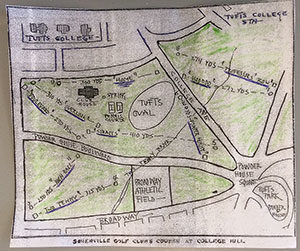
What did West Somerville’s College Avenue, Talbot Avenue, Packard Avenue and Broadway once have in common? The interesting answer is land. The terrain that these four streets once encompassed was the nine-hole Somerville Golf Course.
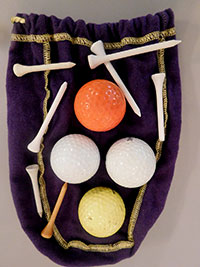
The only remnant of the old Scottish game is the land that the golf course once occupied in Powder House Square. Not too many of today’s Somerville citizens are aware of its past existence. The first meeting of its official club organization was on December 6, 1901. It was presided over by Somerville native and future Massachusetts Lieutenant Governor Robert Luce.
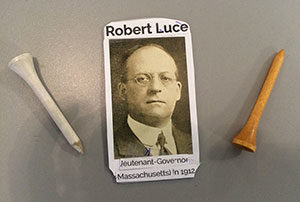
Some of the fairway holes at the Somerville Golf Course were named Boulevard, Professors Row, and Powder House. Two Penny was another hole that referred to the brook that once ran through the course. These names once fit appropriately into the neighborhood.
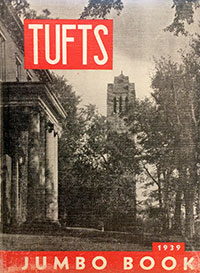
As time passed, the club’s ownership changed from Tufts University to the Somerville Golf Club and back to Tufts University. Development reduced the course from nine holes to six holes to three. It has been sixty years since the golf course was destroyed in 1958. Today, students popularly refer to the remaining fenced in meadow at Powder House Circle as “Tufts Beach.”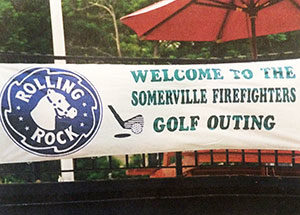















Reader Comments